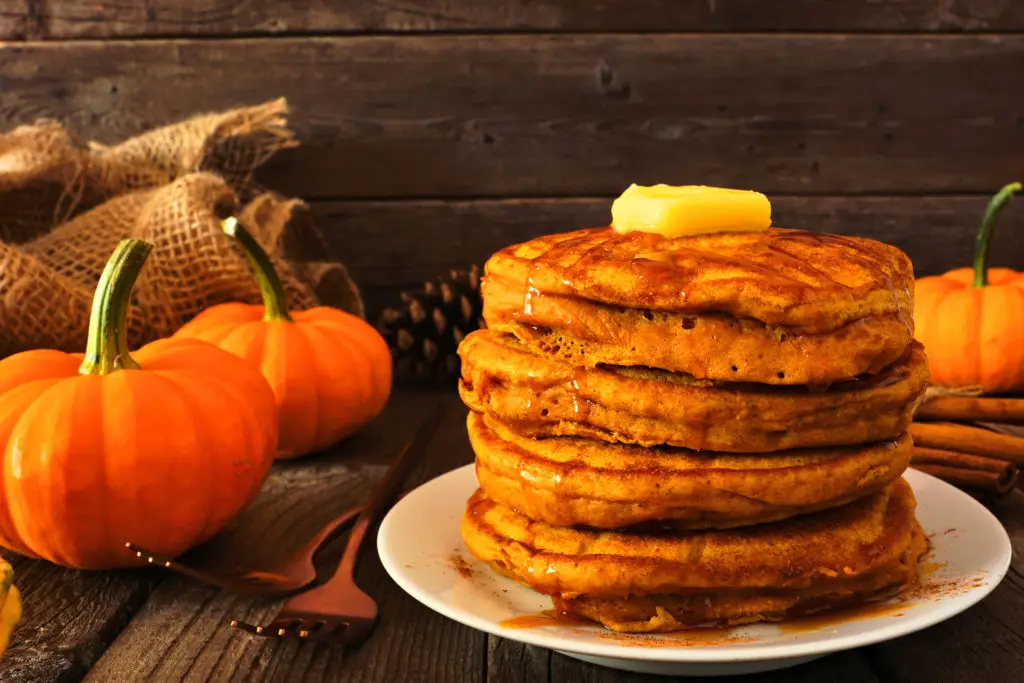By Staff of Forum Health Knoxville
As we move into the fall season with its beautiful colors, we are reminded also of the vibrant colors in our fall fruits and vegetables that are packed with vital nutrients, preparing us for the colder weather ahead. From September to November, the autumn harvest brings a variety of healthful and delicious produce, from broccoli, pumpkins, and sweet potatoes to apples, grapes, and pomegranates.
According to a recent survey by the Centers for Disease Control and Prevention, Americans do not eat enough fruits and vegetables. Three of every four Americans are failing to eat vegetables at least three times daily, and two out of every three are failing to eat two fruits daily. According to the government health guidelines, the majority of people should be eating at least 2.5 to 3 cups of vegetables daily and 2 cups of fruit a day. What a wonderful time of year to challenge yourself to increase these nutrient dense rich foods!
To get the best of what fall has to offer, be aware of what is in season around you. Also, do not be afraid to try something new such as leeks, brussel sprouts or figs. Also, fruits such as cranberries, apples, and kiwis are not only tasty but are also rich in essential vitamins, minerals and antioxidants such as vitamin C, potassium, quercetin and flavanoids. Antioxidants boost immunity, slow aging, and may help fight cancer.
For the fall veggies, the cruciferous family which includes cabbage, rutabaga, and cauliflower, offer a compound known as glucosinolates, which also may have cancer- fighting abilities. And what about the pumpkin with its typically vibrant orange color. Pumpkins are extremely rich in vital anti-oxidants and vitamins. This simple low cost backyard vegetable has minimal calories yet packed with vitamin A and flavonoid poly-phenolic antioxidants like leutin, xanthins and carotenes. Health benefits would include promoting good eyesight, increased dietary fiber, and an improved immune function to name a few. Don’t forget to eat the pumpkin seeds which are a good source of alpha-linolenic acid, an omega-3 fatty acid that may help those with inflammation, heart disease, high blood pressure, or high cholesterol.
Fall is a bountiful time of year. So let’s get on board to healthy eating and enjoy a variety of fall fruits and vegetables. Here is a fun fall recipe using pumpkin and apples!
Pumpkin Apple Pancakes with Apple Cinnamon Syrup

Yield: 10 pancakes
For the pancakes:
- 1 cup pumpkin puree
- 1 apple, peeled and cut in very small pieces
- 1 1/3 cup organic flour (can use wheat, but also oat, millet, or rice for gluten allergies)
- 2 teaspoons baking powder
- 1/2-1 teaspoon cinnamon
- 1/2 teaspoon ground cloves (optional)
- 1/2 teaspoon pumpkin pie spices
- pinch salt
- 1 cup organic milk (can use a non dairy choice such as almond, coconut, or rice)
- 2 tablespoons maple syrup, honey, or agave syrup (can use stevia or xylitol equivalent)
- 1/2 teaspoon vanilla
For the syrup:
- 1 cup apple cider or apple juice preferably organic
- 1 tablespoon organic sugar (or agave, honey or stevia/xylitol equivalent)
- 1 teaspoon cinnamon powder
- 2-3 sticks cinnamon bark
Directions:
- In a large bowl, place the flour, baking powder, spices and salt. In a second bowl, place the pureed pumpkin, the sweetener, vanilla, and milk.
- Peel the apple and cut it in small pieces directly into the pumpkin milk mixture.
- Meanwhile, place the ingredients for the syrup in a small sauce pan and cook down until it has the consistency of syrup.
- When ready to make the pancakes, pour the pumpkin-apple mixture into the bowl with the dry ingredients and mix well with a spoon. Heat a frying pan or griddle and spray with a bit of oil. When the pan is hot pour a spoonful of batter for each pancake. When bubbles appear on the top, it is ready to flip. Serve with the cinnamon apple syrup, maple syrup, honey or sprinkled stevia or xylitol.






